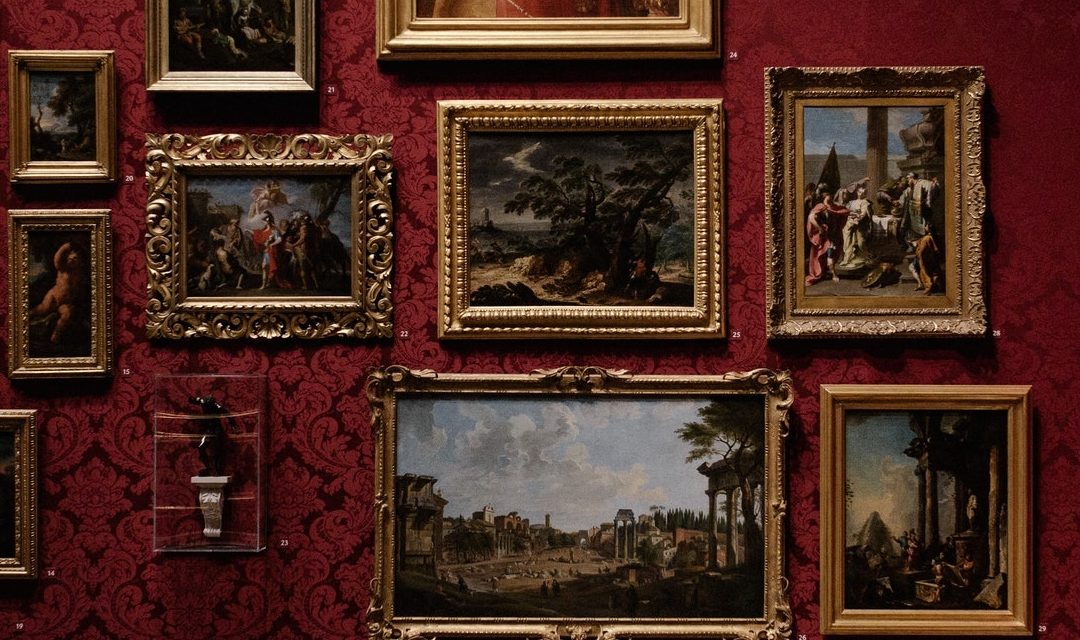The digital transformation of a museum is built around a digital strategy operating on two levels :
-
– In the “back office”, from the point of view of administrative procedures, preparation and maintenance of collections, management of exhibitions, etc.
– In the relationship with the general public, in terms of visitor experience, communication and marketing.
Collection management
On the one hand, museums benefit from automated processes and algorithms that take care of recurring and time-consuming tasks through software solutions. These simplify the management of operations such as the documentation of physical and digital collections, the planning of events and the monitoring of touring exhibitions and collection loans, or the organisation of employee schedules and salary processing.
Applications and new reality
On the other hand, museums benefit from tools such as QR codes, augmented or virtual reality or mobile applications to develop the relationship between the visitor and the objects on display.
By superimposing, for example, a digital representation on a physical object on display, visible through a smartphone screen, the experience becomes more engaging for the visitor, more dynamic. They discover the object from a new angle or can access a wealth of information or multimedia content complementary to the description attached to the object in question. The visitor goes from being a simple spectator to playing an active role thanks to games accessible on his mobile device or on interactive devices scattered throughout an exhibition.
Virtual tours, accessible online via a website or mobile app, extend the reach of exhibitions, giving greater visibility to collections and highlighting works that are less well known or too fragile to be displayed. People who live abroad or who have a disability and are therefore unable to visit an exhibition on site can from then on discover the collections from their living rooms. The transmission of knowledge then becomes more inclusive.
Web presence
The marketing aspect is consolidated by the presence of a well-referenced website, offering more visibility, with practical tools such as a customer area or an online booking system for guided tours and events. Reinforced also by the use of social networks, offering more proximity with visitors through the creation and publication of engaging content.
Digital opportunities
In short, a museum aiming to modernise and reach a new audience can rely on the adoption of management software for its various administrative operations, on the implementation of digital exhibition devices to complement traditional ones in order to strengthen the link with the public, and on the use of digital marketing to strengthen its presence and reputation.
Museums that are eager for change can take advantage of digital opportunities. But the implementation of a digital strategy needs to be carefully thought through so that the right tools and methods are chosen to enrich the experience of visitors and simplify the life of employees and volunteers in the service of culture.
Faced with a myriad of possibilities, any cultural institution can benefit from the support of an expert in digital solutions for its modernisation project. Advice and follow-up on the reorganisation of internal processes as well as on possible technologies will make all the difference in reaching the public in an innovative way and leading to a successful modernisation.

